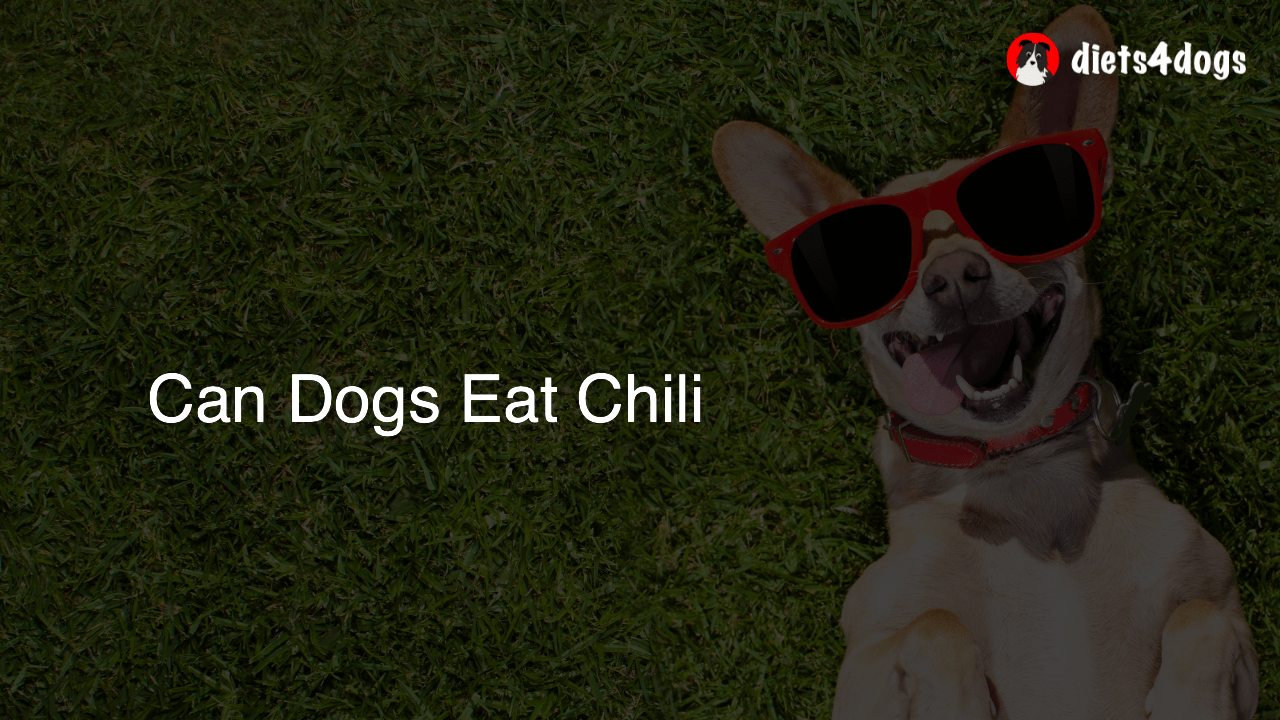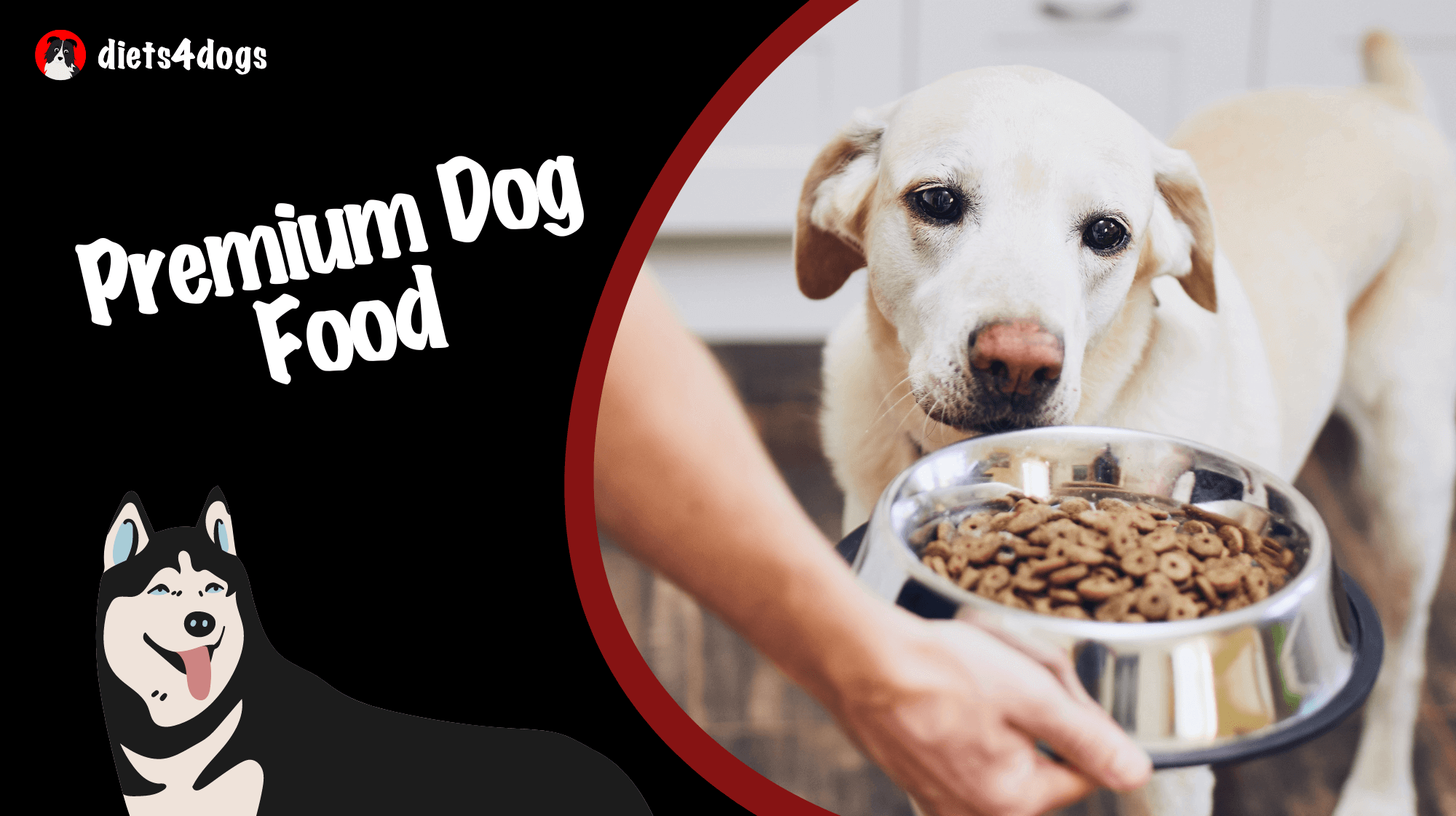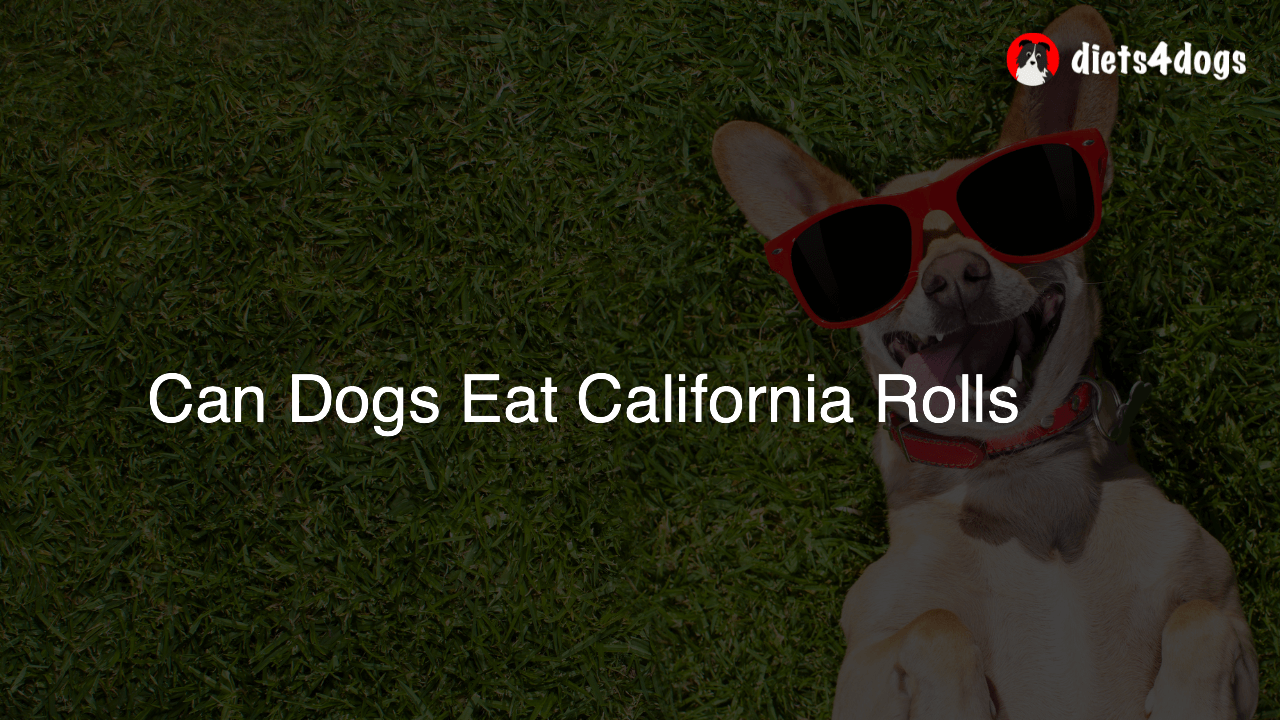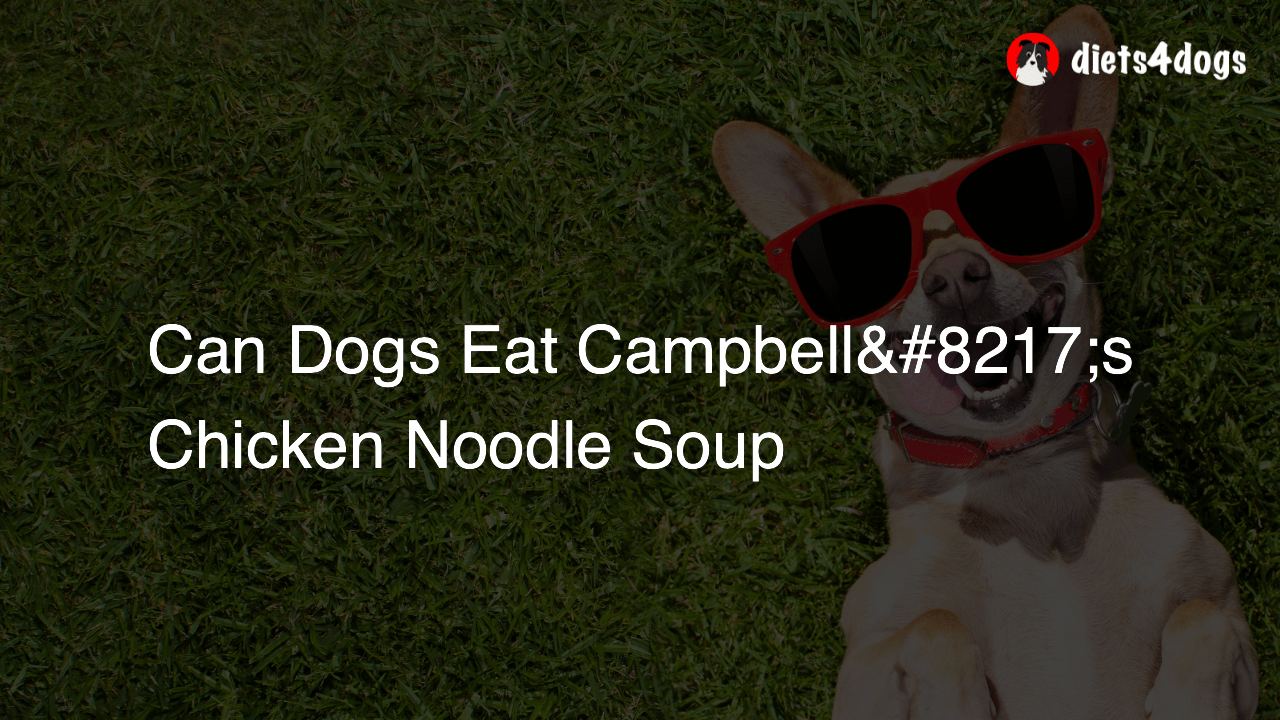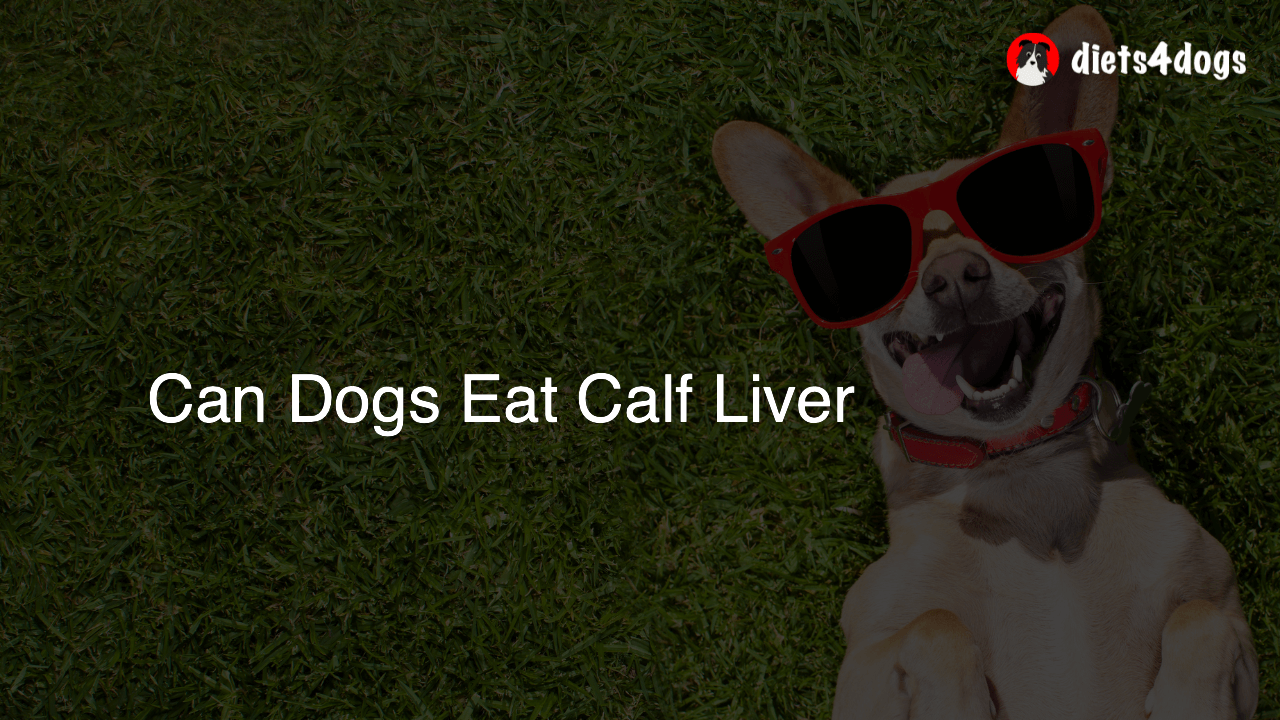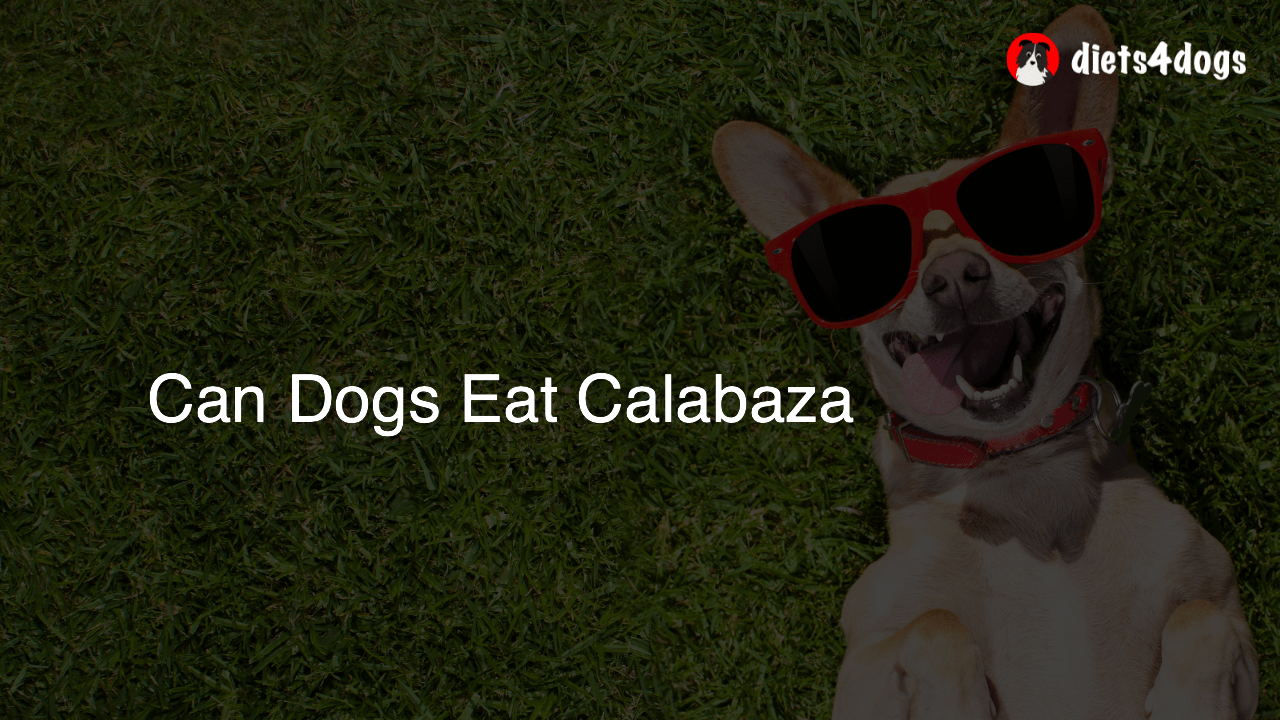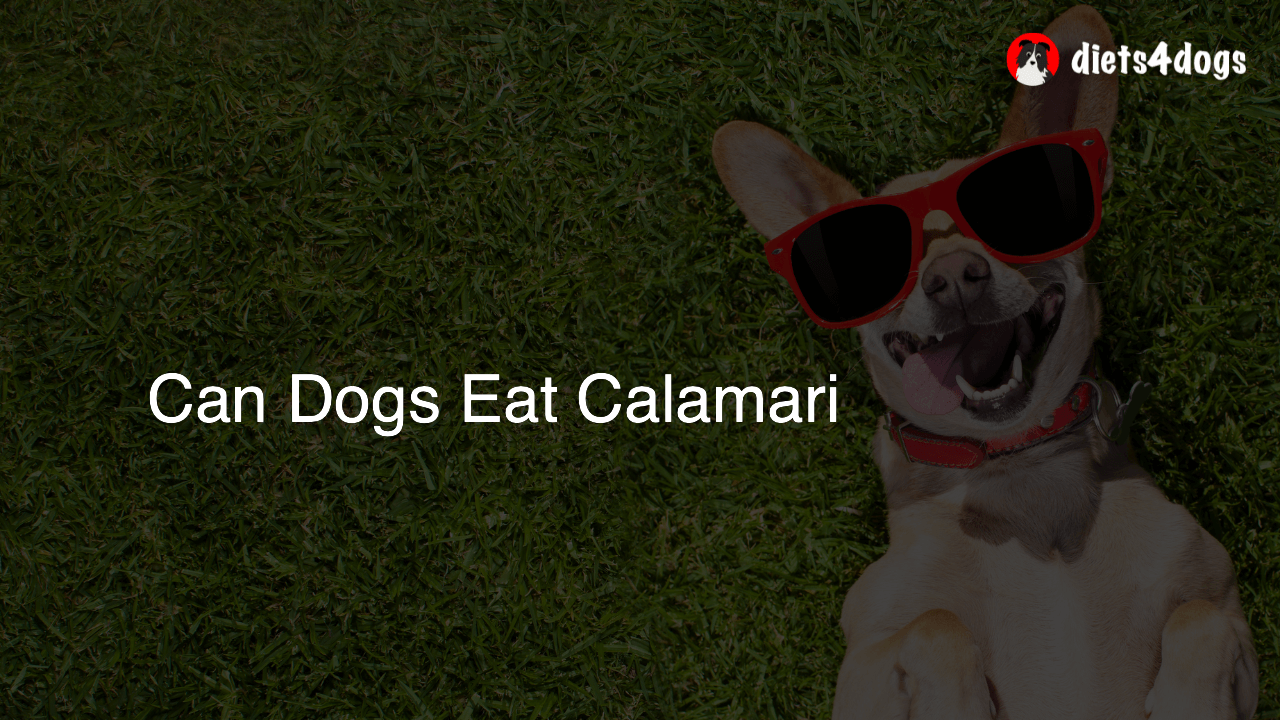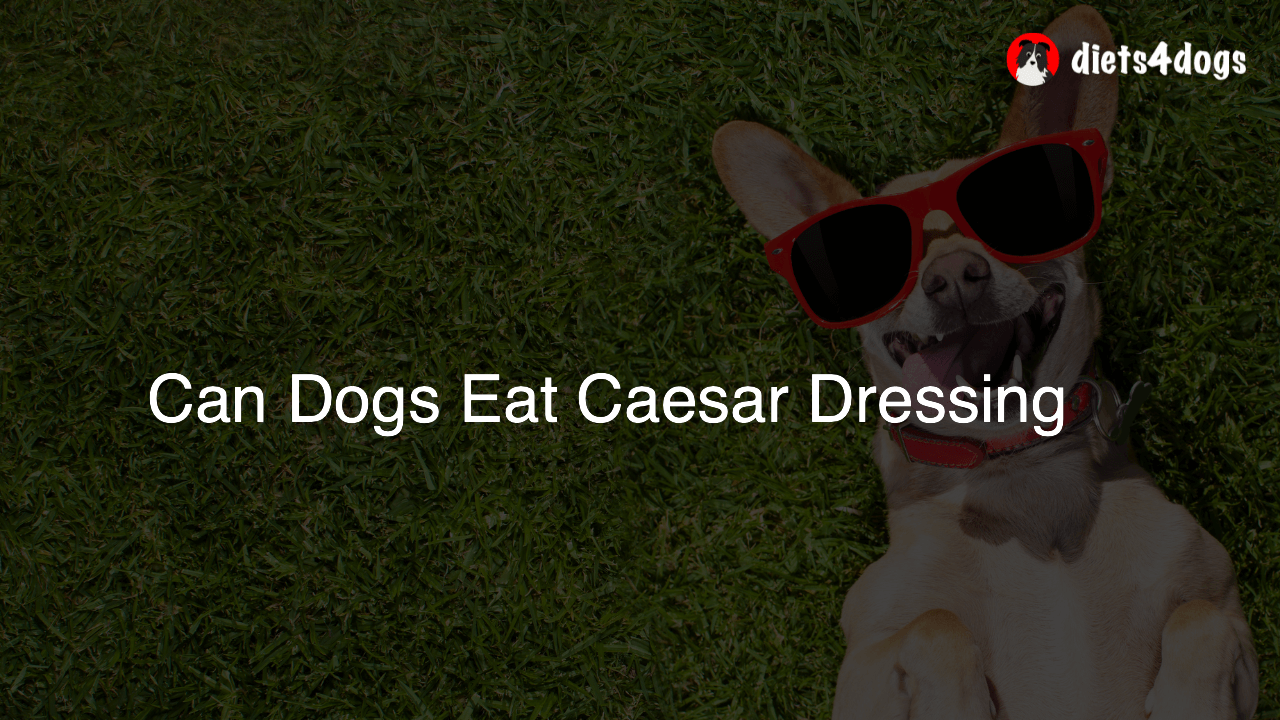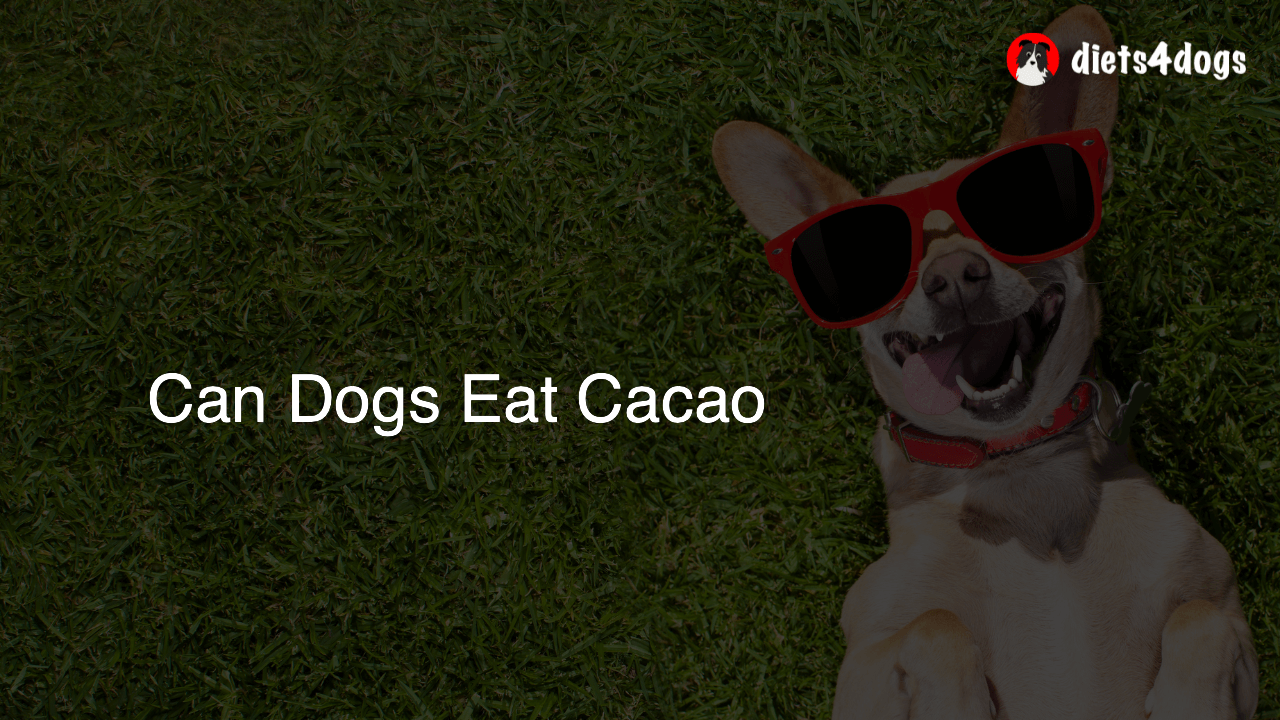Can Dogs Eat Chili
No, dogs should not eat chili as it contains ingredients like onions, garlic, and spices, which are harmful to dogs. The spicy nature of chili can lead to digestive upset, vomiting, and diarrhea in dogs. Additionally, chili often contains high amounts of salt and fat, which are not suitable for a dog’s diet.
Can Dogs Eat Chili: What You Need to Know
Chili is a delicious comfort food enjoyed by many people, but have you ever wondered if it’s safe for your canine companions? In this in-depth article, we will discuss the potential risks and reasons why dogs should avoid eating chili.
The Dangers of Chili Ingredients for Dogs
Chili contains several ingredients that can be dangerous or harmful to your dog’s health. Let’s take a closer look at some of the problematic ingredients and why they should be kept away from your pet.
Onions and Garlic
Onions and garlic, commonly found in chili recipes, are members of the Allium family and are toxic to dogs. Ingestion of these ingredients can lead to hemolytic anemia, which breaks down red blood cells causing dogs to become weak and lethargic. Severe cases of onion and garlic poisoning can be life-threatening, requiring immediate veterinary intervention.
Spices
The spices used in chili, such as chili powder and cayenne pepper, can cause stomach irritation and upset in dogs. Spicy food can result in digestive issues like vomiting, diarrhea, and even pancreatitis in extreme cases. Additionally, spices like nutmeg contain compounds that are neurotoxic to dogs, leading to tremors, seizures, and disorientation if ingested in large quantities.
High Fat and Salt Content
Chili often contains high amounts of fat from the meat and oil used in cooking, as well as excessive amounts of salt. A high-fat diet increases the risk of developing pancreatitis in dogs, a potentially life-threatening condition. Excessive salt intake can lead to salt poisoning, causing neurological problems and even death if not treated promptly.
Alternate Dog-Friendly Treats to Chili
Since chili isn’t a suitable choice for your pup, here are some healthier, dog-friendly alternatives you can consider:
Homemade Dog Food
Preparing homemade dog food with dog-safe ingredients is a great way to ensure your furry friend enjoys a tasty and nutritious meal. Avoid any harmful ingredients and keep their dietary needs in mind to create a wholesome and balanced meal plan for their unique requirements.
Fruits and Vegetables
Many fruits and vegetables are safe for dogs to eat, such as apples (without seeds), carrots, and blueberries. Keep in mind that some fruits and vegetables are toxic to dogs, so always be sure to check the safety of any new food before offering it to your pet.
What to Do If Your Dog Eats Chili
Despite our best efforts, accidents can still happen, and your dog may get its paws on some chili. Here’s what you need to do:
Monitor Your Dog
Observe your dog for any signs of adverse reactions, such as excessive drooling, vomiting, diarrhea, or lethargy. These symptoms could indicate your dog is experiencing digestive upset or an allergic reaction as a result of consuming chili ingredients.
Contact Your Veterinarian
If you notice any unusual symptoms or if your dog consumed a considerable amount of chili, contact your veterinarian immediately. They will be able to advise you on the appropriate course of action, which may include inducing vomiting, administering activated charcoal, or other treatments to address potential complications.
Conclusion
While chili may be a favorite for humans, it’s best to keep this dish away from our four-legged friends. The potentially harmful ingredients and health risks make chili an unsafe option for dogs. Instead, opt for dog-friendly alternatives like homemade dog food or safe fruits and vegetables to keep your pooch happy and healthy.
Can Dogs Eat Chili: A Comprehensive Guide
As we’ve explored earlier in this article, feeding your dog chili is not recommended. However, to make sure you and your furry friend are well-equipped with all the knowledge you need, this comprehensive guide will dive into additional information and tips on your dog’s eating habits, and how to make informed decisions when it comes to their meals and snacks.
The Importance of a Balanced Diet for Dogs
Ensuring a well-balanced diet is essential for maintaining your dog’s overall health and well-being. A proper meal plan should consist of proteins, carbohydrates, healthy fats, vitamins, and minerals that cater to their specific breed, size, age, and activity level. Feeding your dog a nutritionally complete commercial dog food is one of the best ways to provide all the essential components required for a healthy canine diet.
Recognizing and Avoiding Harmful Foods for Dogs
In addition to onions, garlic, and spices present in chili, there are several other common human foods that you should avoid feeding your dog. Some of these toxic foods include:
Chocolate and caffeine
Grapes and raisins
Macadamia nuts
Xylitol (an artificial sweetener found in candy, gum, and some baked goods)
Always keep an updated list of toxic foods for dogs in your home and take the necessary precautions to store these items out of your dog’s reach. When in doubt, consult your veterinarian before introducing any new food to your canine companion.
Proper Feeding Guidelines for Your Dog
To optimize your dog’s health, it is crucial to establish proper feeding habits. Here are some practical guidelines to follow:
Feed your dog consistent and scheduled meals to establish a routine and prevent overeating.
Calculate the optimal portion size based on their weight, age, breed, and activity level.
Always provide fresh water for your dog.
Monitor your dog’s weight and adjust their food intake if needed to maintain a healthy weight.
Limit treats and table scraps, as they may distract from their balanced diet and cause weight gain.
Treating Your Dog Safely and Responsibly
While it’s natural to want to share your favorite foods and treats with your furry friend, it’s essential to prioritize their health and safety. Choose dog-specific treats or make homemade dog treats using safe, whole-food ingredients that cater to their nutritional needs. Remember that treats should make up no more than 10% of your dog’s daily caloric intake and should be seen as a reward for good behavior, not a dietary staple.
In conclusion, feeding your dog chili is not recommended due to the potential risks and harmful ingredients. Instead, prioritize a well-balanced and nutritionally complete diet, avoid toxic foods, and follow proper feeding guidelines to ensure your dog remains happy, healthy, and safe.
FAQ Section: Can Dogs Eat Chili?
In this FAQ section, we address some of the most common questions surrounding dogs and dietary concerns, specifically in relation to dogs consuming chili and other human foods. Our goal is to provide useful insights to keep your furry friend safe and healthy.
1. Why is chili bad for dogs?
Chili is bad for dogs because it contains ingredients such as onions, garlic, and spices that are harmful to dogs. Consuming these ingredients can lead to health issues, such as digestive upset or even life-threatening conditions like hemolytic anemia or pancreatitis.
2. What should I do if my dog accidentally eats chili?
If your dog accidentally eats chili, monitor them closely for any signs of discomfort, vomiting, diarrhea, or lethargy. If your dog shows any unusual symptoms or consumed a significant amount of chili, contact your veterinarian immediately for guidance.
3. Are there any safe human foods I can share with my dog?
Yes, some human foods are safe for dogs, such as lean meats, carrots, apples (without seeds), and blueberries. However, always research any new food before offering it to your dog and consult your veterinarian for personalized advice on feeding your dog human foods.
4. How should I store spicy foods to keep them away from my dog?
Keep spicy foods like chili, and any potentially harmful human food, stored in secure, high cabinets or containers with tight-sealing lids to prevent your dog from accessing them. Additionally, avoid leaving leftovers or dirty dishes unattended where your dog could reach them.
5. Can my dog develop allergies to certain foods or spices?
Yes, dogs can develop food allergies or intolerances to certain foods or ingredients. If you notice your dog experiencing repeated digestive upset or skin issues after consuming specific foods, consult your veterinarian for advice and potential allergy testing.
6. What are some dog-friendly alternatives to chili?
Dog-friendly alternatives to chili include homemade dog food made with dog-safe ingredients, as well as healthy fruits and vegetables like apples, carrots, and blueberries. Remember to choose healthy options that are low in salt, artificial additives, and unhealthy fats.
7. How can I tell if my dog’s food is nutritionally balanced?
Look for dog foods labeled “complete and balanced” or that meet AAFCO (Association of American Feed Control Officials) nutritional guidelines. Consulting your veterinarian is also recommended to ensure the specific brand or recipe meets your dog’s unique dietary requirements.
8. Can I make homemade dog food for my pet?
Yes, you can make homemade dog food for your pet, ensuring it contains appropriate amounts of protein, carbohydrates, healthy fats, vitamins, and minerals. It’s crucial to consult your veterinarian or a pet nutrition expert for guidance on formulating a balanced diet specifically tailored for your dog’s needs.
9. How often should I feed my dog?
Feeding frequency depends on your dog’s age, size, breed, and activity level. Most adult dogs should be fed twice a day, while puppies may require three to four meals per day. Consult your veterinarian for personalized feeding recommendations.
10. Can I give my dog spicy treats or foods in moderation?
It’s best to avoid giving your dog spicy treats or foods altogether, as even small amounts may cause digestive upset or other adverse reactions. Instead, opt for dog-specific treats, or make homemade treats using safe, whole-food ingredients that cater to their nutritional needs.

